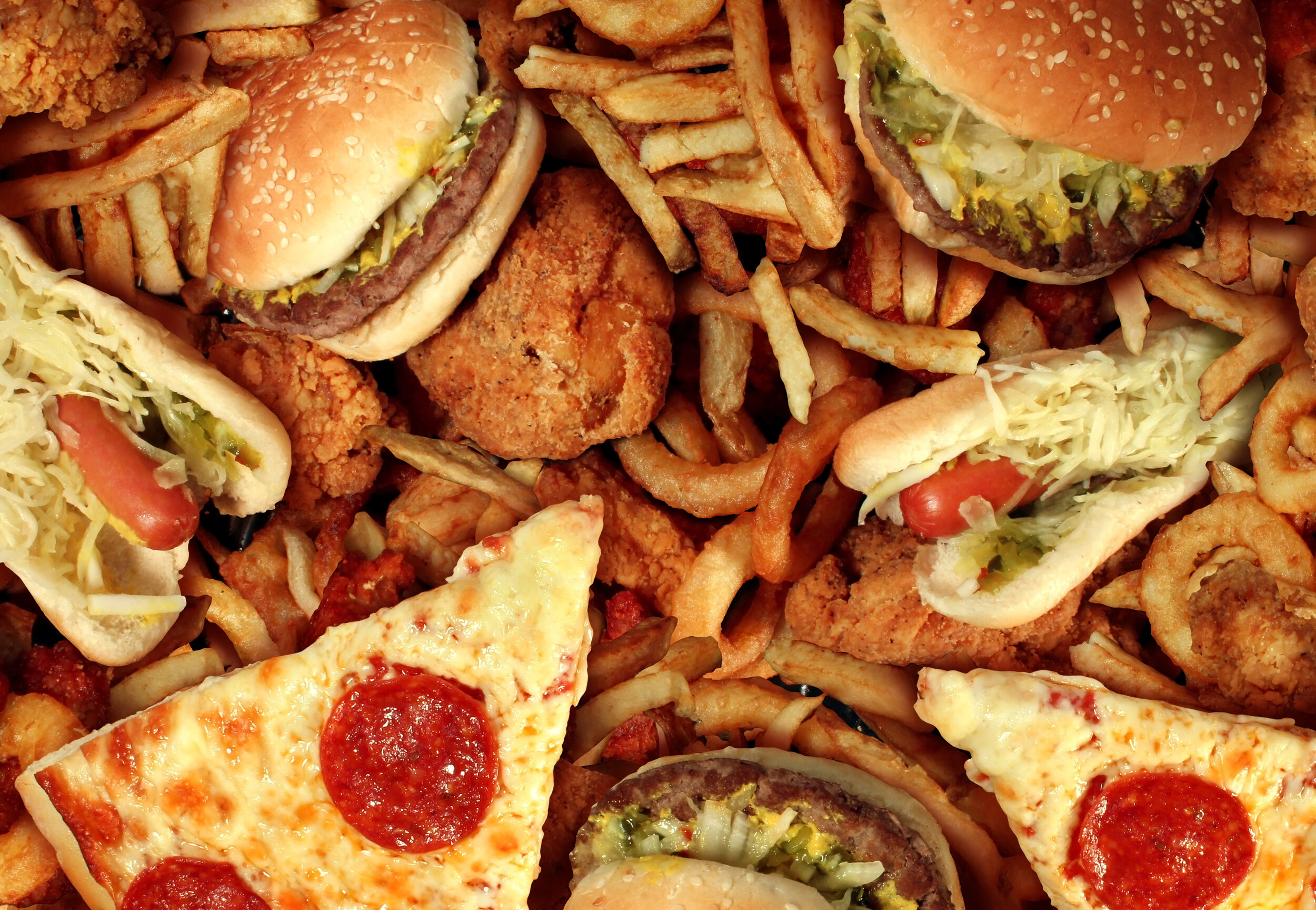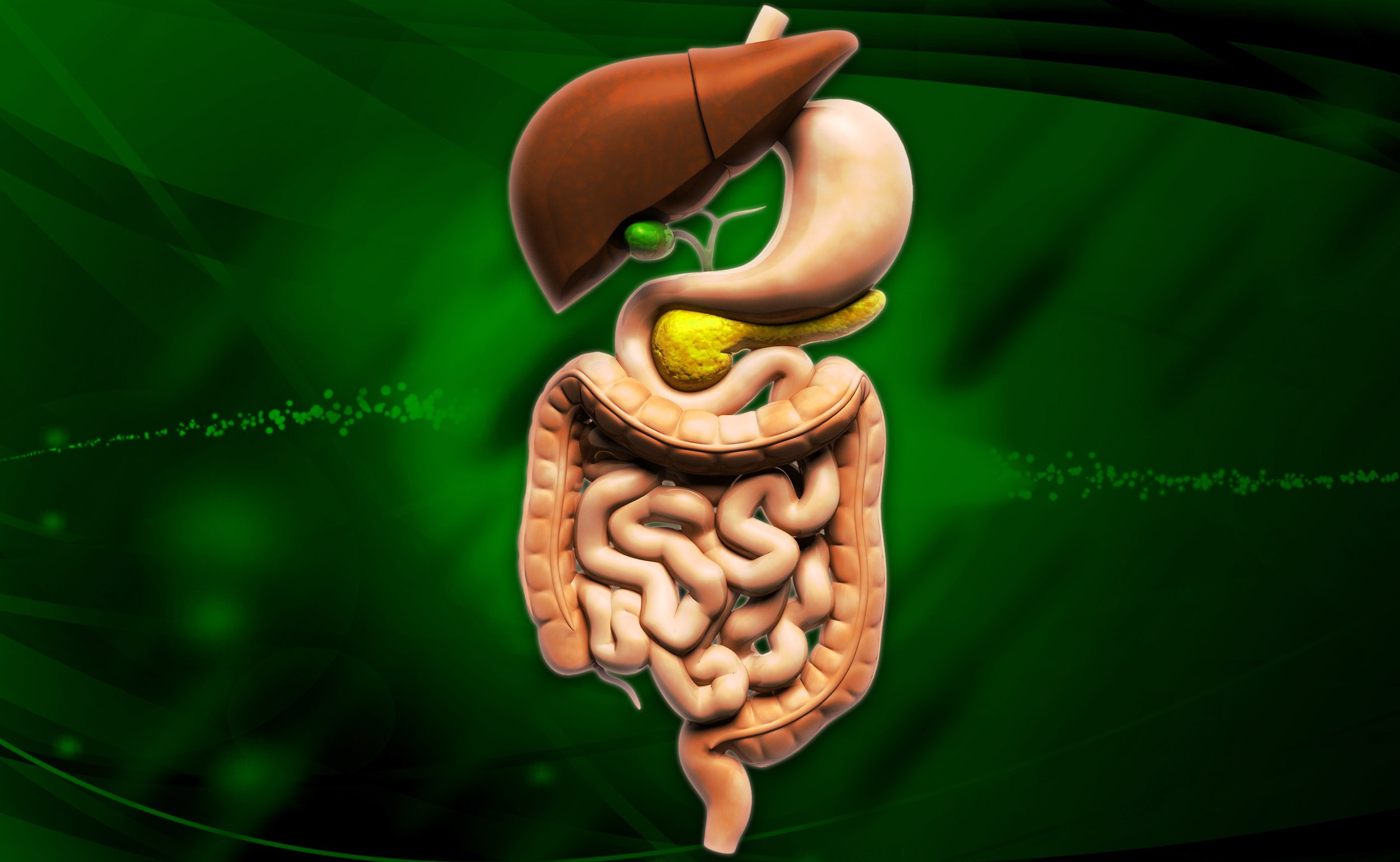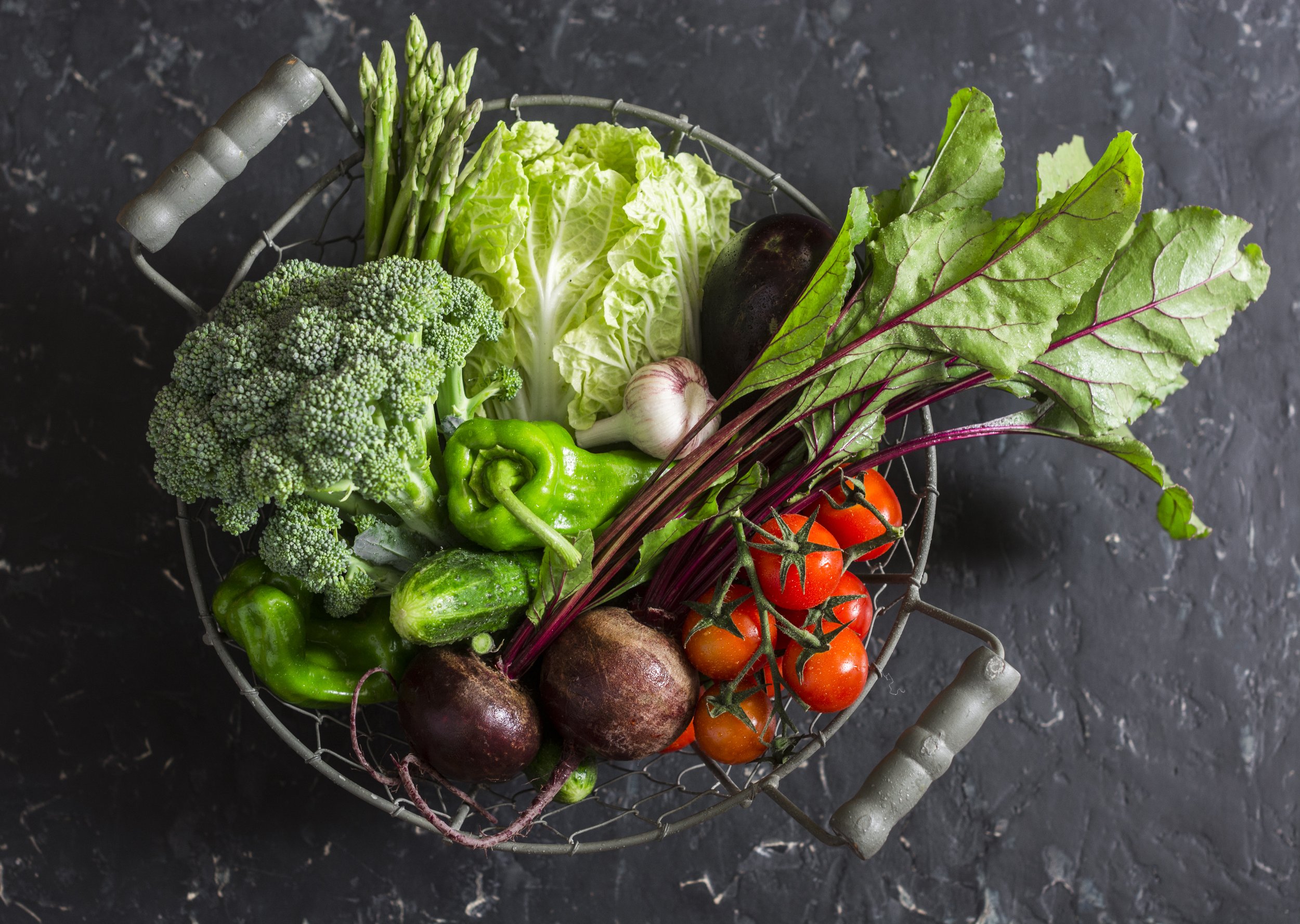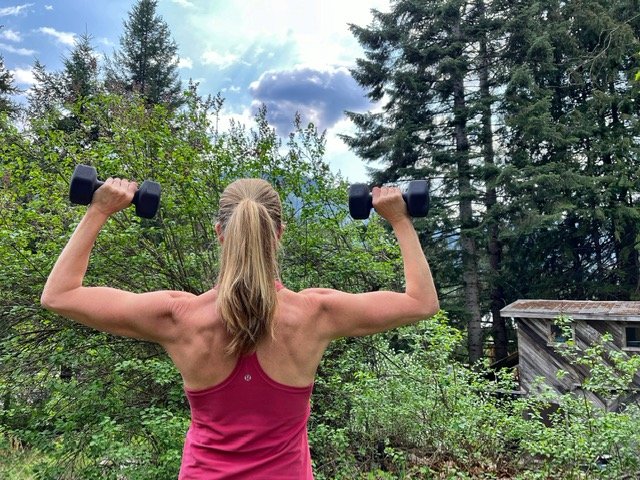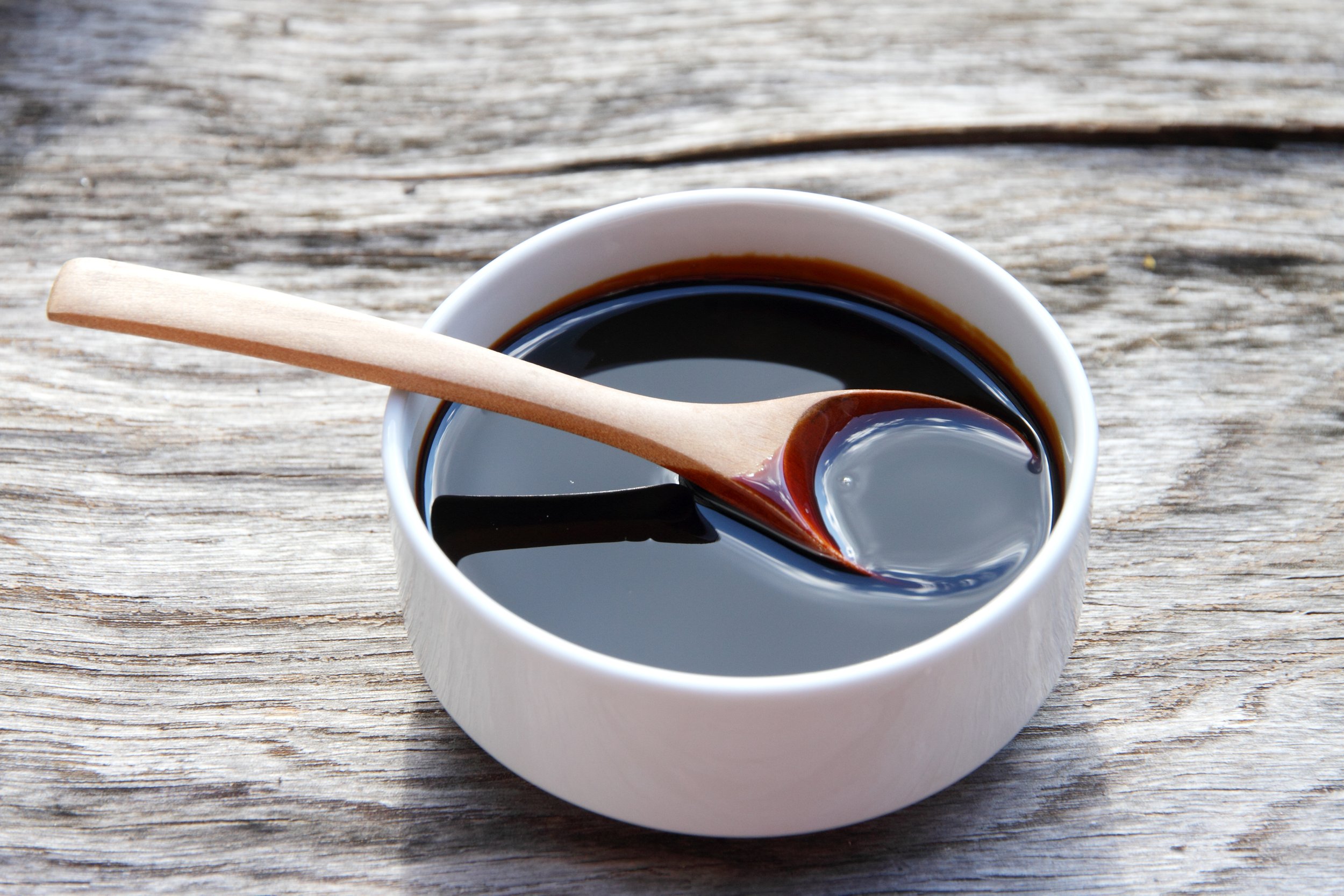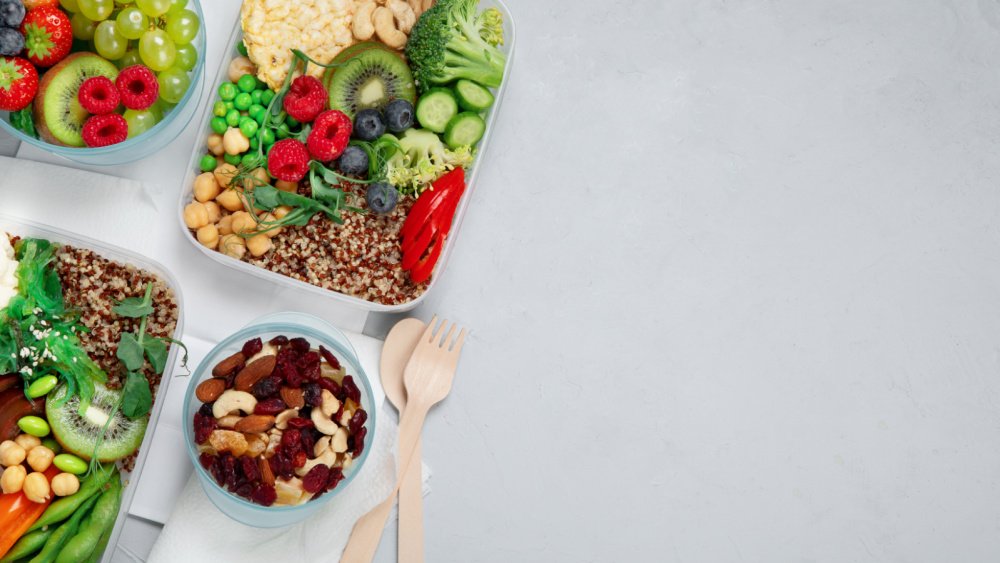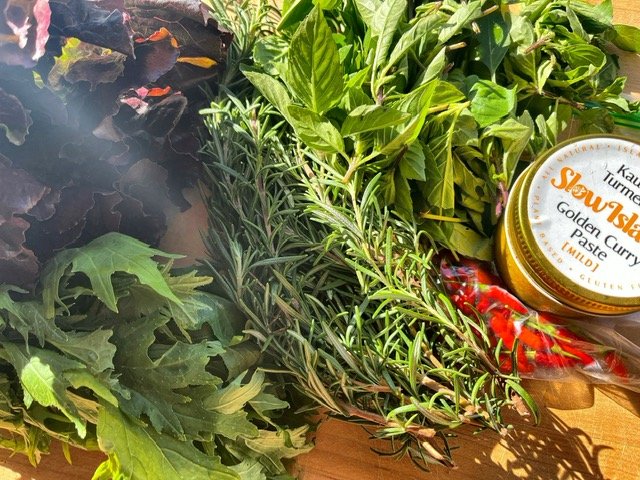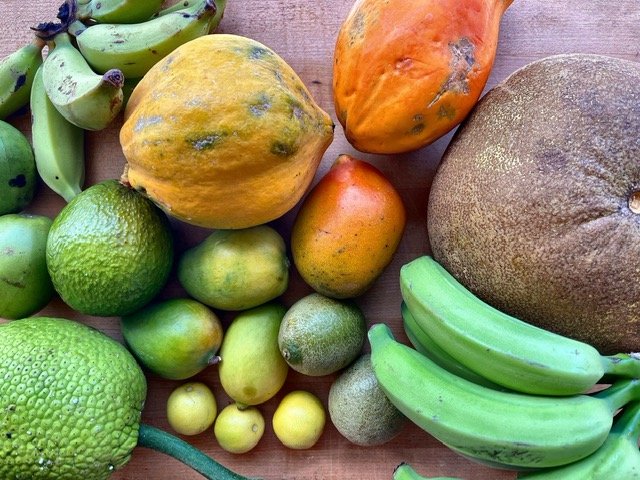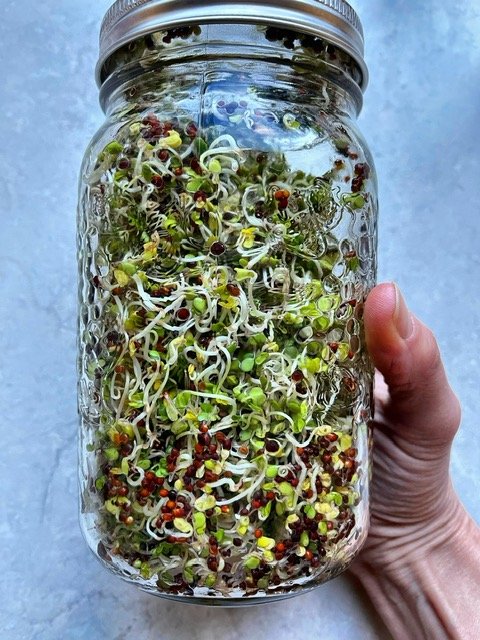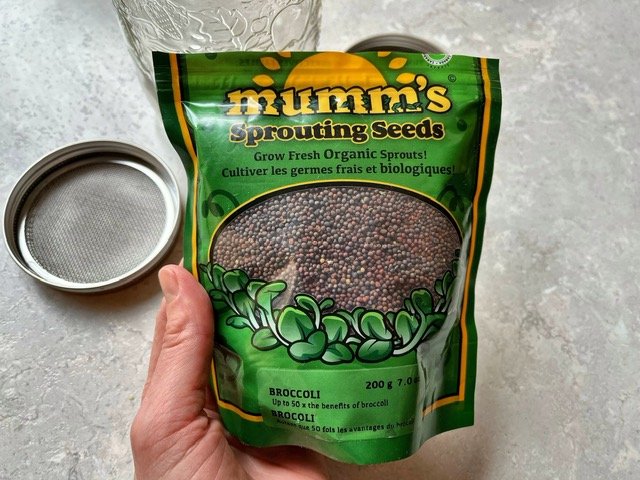It is not surprising that we are living in times of great challenge.
It is no surprise that we have seen a steady increase in disease in our adult and young populations over the last several decades. It continues to come as no surprise that the increasing impacts of population numbers, climate change, food industry, emissions, and industrialization, all contribute to rising toxicity levels all around the globe.
It is no surprise either that the damage we have done to the earth, as a species, is falling back on our health with a vengeance. And no further surprise that we seem to be stuck on the most slippery of slopes, as we try with all our might to claw our way back up to a place of thriving health, while the continued toxicity exposure counteracts our efforts.
Why then, does is seem a surprise to so many that we are a species riddled with illness? Rising numbers of disease run rampant among us: autoimmune conditions, cancers, autism & ADHD, mental illness, hormonal dysfunction, diabetes, heart disease, stroke, on and on the list goes, and we continue to wonder why we are so sick.
People often think they are doing all the right things: eating well & organic, exercising, spending time outdoors, meditating, supplementing, and are baffled that they still suffer symptoms.
Toxicity exposure is one of the main reasons why.
Although some toxin exposure can be controlled: the foods we eat, the beauty care & cleaning products we use, where we live, our choices around medications & pharmaceuticals, etc., much of our toxic exposure is outside of our control.
We live in a toxic world and must be realistic about it.
The upside? Well, first we have to get real: our toxic exposure is higher than it’s ever been in human history and it will continue to rise, and we need to admit that. Second, there are many things we can do to support our body’s detoxification pathways so that we can help them move and discard toxins as opposed to storing them in our fatty tissues. Third, we must ACTIVELY help the body detoxify on a regular, daily basis, in order to counteract the detrimental effects of toxin exposure. Fourth, we must teach the next generation to do the same. Five, we must stand up for our Mother Earth and the long term welfare of our environment!
Where do we begin?
IN THE GUT!
Where there are symptoms, there exists cause, and we cannot succeed in treating disease, if we do not address the root cause. This is where Holistic Medicine reins.
At the root of nearly ALL disease is the health of our digestive system.
If we cannot ingest, absorb, utilize, & distribute nutrients, we will see failure to thrive in other areas of the body. This manifests differently from one individual to the next, but fundamentally, if the gut is impaired, you will see evidence elsewhere.
And the gut is deeply affected by toxicity exposure.
In clinical practice, we call this “metabolic endotoxemia”, which, in simpler terms, means that toxic exposure affects the health of the digestive system to a point where it begins to cause damage. Damage in the GI tract then creates inflammation, impaired nutrient absorption & assimilation, and perforations in the lining of the intestinal tract, all leading to symptoms elsewhere in the body and increased risk of developing disease.
“Endotoxemia simply means high levels of endotoxins, or LPS (lipopolysaccharide), in the blood. In metabolic endotoxemia, a person’s microbiome in the gut fails to protect the body from absorbing toxins during the digestion of a meal or snack. Studies of different populations across the globe consistently show that people in Western societies have microbiomes that provide weaker protection against metabolic endotoxemia.”
THE GUT CONNECTION then, is that the health of your gut directly impacts your overall health.
Hands down.
Looking after your gut health is one of THE BEST and most effective ways of looking after your overall health, preventing, treating, and even reversing disease, managing your symptoms, and reducing the effects of toxicity exposure.
What’s so great about being proactive with your health is that there exists great power in knowledge, in dedication, in awareness, and in a good, solid daily rhythm.
SUPPORTING YOUR DIGESTIVE HEALTH EVERY DAY
Eat Plants & Focus on Plant Diversity: Plants are power fuel. They are the most nutrient dense, high in phytonutrients and antioxidants, fiber, minerals, and contain recognizable proteins and carbohydrates that the body can use as clean fuel. Including diversity in the plants you consume will further guarantee access to ALL the varieties of nutrients, all the different plant chemicals that help with detoxification and prevent free-radical formation, and will provide the most well-rounded intake of soluble and insoluble fiber. Think about including all the colours of the rainbow daily, as well as rotating the foods you rely on for other varieties of the same colour - ie. if you always reach for tomatoes, try red peppers, red grapes, red apples, beets, or radishes.
Consume Prebiotic Foods: You may be hearing more & more about prebiotic foods as our knowledge and understanding of the digestive system continues to deepen and evolve. Prebiotics are the food for the healthy bacteria (probiotics) in the gut. Without a solid intake of prebiotic foods, the beneficial bacteria struggle to proliferate. Regular intake of prebiotic foods: burdock root, dandelion roots, garlic, onions, ginger, leeks, asparagus, brassicas, green beans, beetroots, sunflower seeds, pumpkin seeds, purple carrots, dark carrots, red cabbage, spinach red onions, broccoli, & red lettuce, helps support a healthy diversity of good bacteria in your gut.
Include Mucilaginous Foods: These weirdo gooey foods are helpful to REPAIR damage done to the gut lining. Consuming foods with mucilaginous properties regularly, can help support regular repair to the cell wall, gut lining, and fragile tissues of the intestinal tract. Mucilaginous foods include: aloe, slippery elm, chia seeds, irish moss, seaweeds (kombu, kelp, nori), flaxseeds, irish moss, aloe, marshmallow root, okra, figs, fenugreek, cassava, & licorice root.
Mind Your Fats: The quality of the fats that you consume have absolutely everything to do with the health of your digestive system. If you consume modified, hydrogenated, damaged fats, not only will these fats contribute to the breakdown of cell linings and intestinal walls, but will contribute to increased fat storage (a great place for toxins to hang out!) and feed those pesky free radicals that like to impact immune function and interfere with healthy cell division. Get rid of any fats in your diet that are not health supportive (be gone you dirty thing!). Stick to the ones we know are not only beneficial, but are safe to consume regularly: olive oil, avocado oil, coconut oil, ghee, avocadoes, nuts, seeds, flaxseed oil, hempseed oil, sesame oil, and ALWAYS choose organic when it comes to your oils.
Allow Rest & Repair: If you want to heal, you must allow the body the opportunity. I always say that if you give the body the opportunity to heal, it will. If you create an environment that supports healing, the body will follow suit; it wants to and knows how. You must ease the burden on the digestive system by removing irritants, toxins, allergens, and inflammatory foods, and then give it the chance to rest & repair. Offering the body a guided gut repair program would be the perfect way to do this. Take a certain amount of time, focus on healing, implement foods that soothe and support, supplement strategically, consume beneficial teas, include intuitive eating practices, reduce stress and implement relaxation strategies.
So much more to learn in this journey of health!
Start with the Gut and see where she leads you!
It is a great passion of mine to support clients with Gut Disorders and Imbalances, if you’d like to work together One-on-One to support and improve your Gut Health - Book a Free Discovery Call and learn more about the Nutritional Consultation work that I do.
WANT TO LEARN MORE? Sign up for my Newsletter Below, receive my Eat to Feel Good Guide and don’t miss any future offerings, recipes, or articles!



